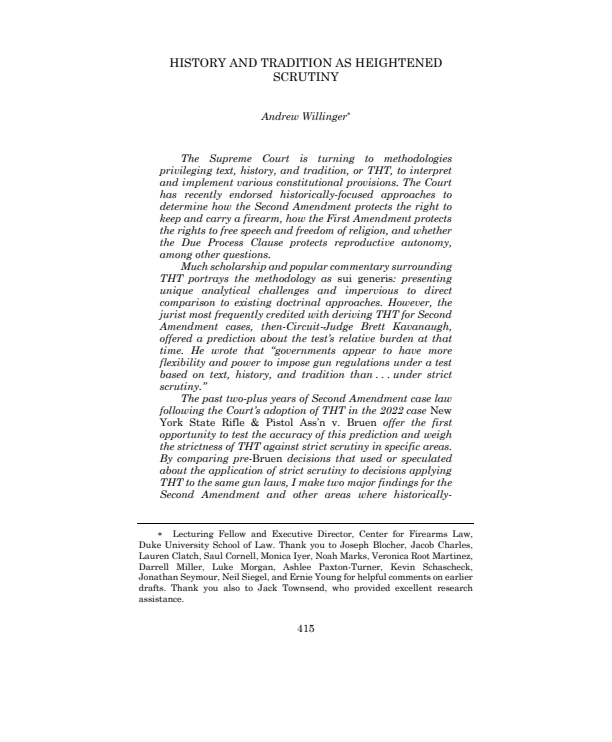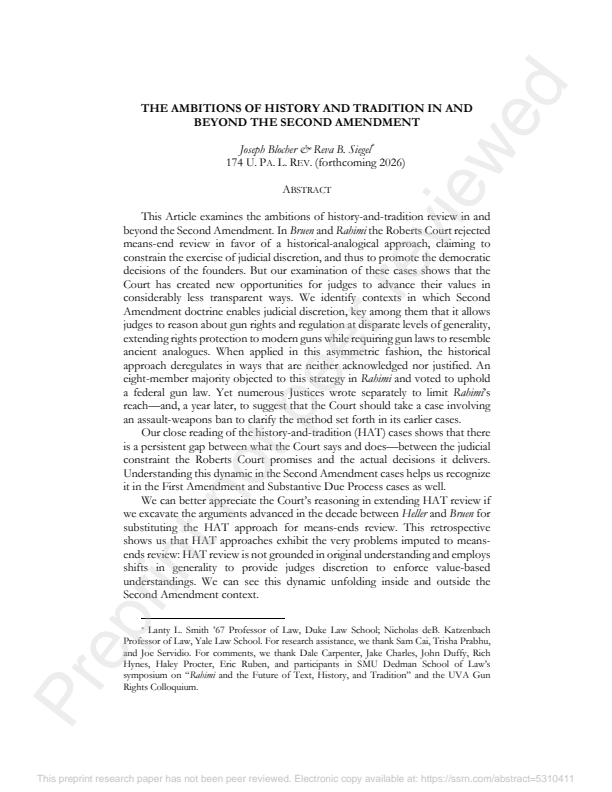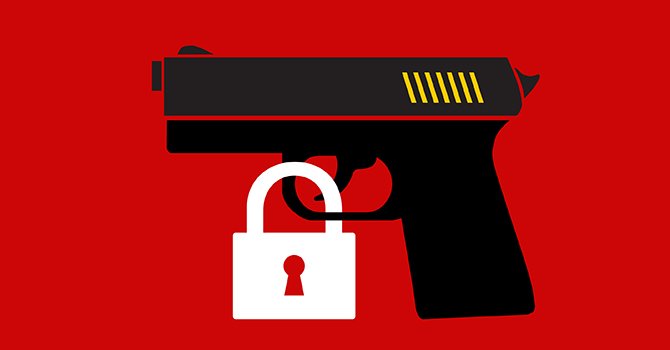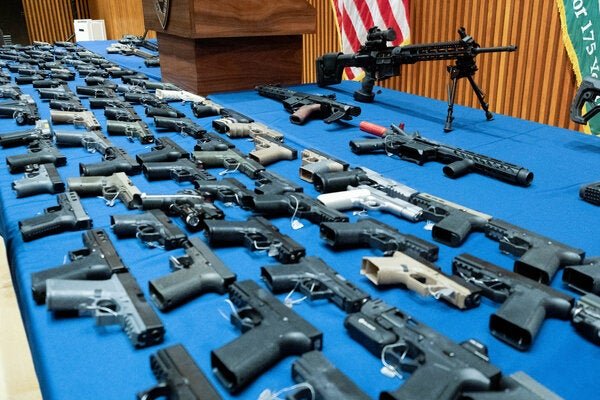By Andrew Willinger
The Supreme Court is turning to methodologies privileging text, history, and tradition, or THT, to interpret and implement various constitutional provisions. The Court has recently endorsed historically-focused approaches to determine how the Second Amendment protects the right to keep and carry a firearm, how the First Amendment protects the rights to free speech and freedom of religion, and whether the Due Process Clause protects reproductive autonomy, among other questions.
Much scholarship and popular commentary surrounding THT portrays the methodology as sui generis: presenting unique analytical challenges and impervious to direct comparison to existing doctrinal approaches. However, the jurist most frequently credited with deriving THT for Second Amendment cases, then-Circuit-Judge Brett Kavanaugh, offered a prediction about the test’s relative burden at that time. He wrote that “governments appear to have more flexibility and power to impose gun regulations under a test based on text, history, and tradition than .under strict scrutiny.”
The past two-plus years of Second Amendment case law following the Court’s adoption of THT in the 2022 case New York State Rifle & Pistol Ass’n v. Bruen offer the first opportunity to test the accuracy of this prediction and weigh the strictness of THT against strict scrutiny in specific areas. By comparing pre-Bruen decisions that used or speculated about the application of strict scrutiny to decisions applying THT to the same gun laws, I make two major findings for the Second Amendment and other areas where historically-inflected methodologies are on the rise. First, I show that results on the ground deviate from initial predictions and that courts have drifted by applying a stricter test. Second, I argue that the Court’s decision this past Term in United States v. Rahimi is best understood as attempting to slot THT into its intended place on the means-end scrutiny spectrum, demonstrating that some early decisions misapplied the doctrine and suggesting the staying power of tiered scrutiny as a judicial guide across constitutional law.
60 Wake Forest L. Rev. 415 (2025)







